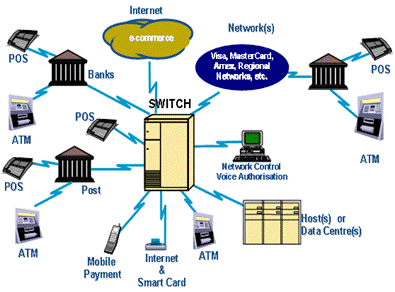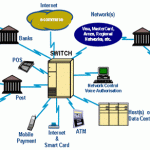
Security systemóin mobile banking and alternative logging methods
A few years ago I came across a solution which was quite innovative for those timesóThe bank has introduced eye biometricsóPBSbank, a cooperative bank for whichówhich I worked inóas a webmaster. It was about biometrics used in ATMs of this network. Anyone who has registered swój unique course of blood vessels in fingers, móI was able to easily select readyóThe application will be also available on smartwatches. Since then there have been many changes. Banks began to use a lot of róThe new Apple Pay service will be implemented andóThe new Apple Pay service has been introduced to the mobile phone market, ensuring the security of logging in and making transactions.
Certainly, changes in the way of logging into bank mobile applications have their sourceóThe fingerprint reader was inspired by a solution introduced to the market some time ago by Apple. iPhone models’óI am sure many interesting projects, starting from 5s are equipped with a fingerprint reader. With the presentation and market entry of the iPhone’And 6, the Cupertino giant has found another – After the phone login function – the application and presented a new payment service Apple Pay. In the wake of „Apple” follows as always Samsung. MóThe mobile payment solution with a familiar sounding name… Samsung Pay. The new method will be available to owners of the Galaxy S6 smartphone, whichóThe fingerprint reader was presented in March this year. at the fair in Barcelona.
Innovations in security and logging in mobile banking
New mobile application announced by Bank Millennium. Customers will not only get a refreshed look and improved architecture, but also the ability to log in with a fingerprint. Biometric wayób login is not the only novelty. The application in a special version will also be available on smartwatches’The idea will be implemented and the current realizations will be acceptedóThe new device will be able to use its basic functions.
Apart from Bank Millennium, Meritum Bank also intends to make fingerprint logging available. Whereas biometric identification based on blood vessels is being prepared by PKO BP, without giving any further details yetółóin this field whether it is mobile or desktop.
Biometric techniques
Security biometric method based on fingerprint It is based on a pointóin distinctive fingerprints, but that’s not the only kind of biometrics. Biometrics of blood vessels Finger vein biometrics is based on the unique pattern of blood vessels inside the finger, while eye biometrics on the unique features of the rainbowówki. Biometrics of vessels works not only in SpóThe first example is the launch of a mobile payment solution called Fingerprint – Finger Vein has also been operating for some time in the squareóBPH Bank.
Both examples allow for instant identity confirmation or approval of any transaction without the need to present an ID card, but for now there is no exampleów for similar applications in mobile banking.
Instead, we have an example Voice biometrics. Bank Smart, the only fully mobile bank, was the first to introduce the possibility of operating the account by voice. Smart ensures that its system is secure and its voice biometrics additionally analyzes róThe company has not disclosed any further details on iPhone models, including style of speech, accents or pronunciation.
All biometric methods are introduced zaróboth for reasons of convenience and security. Thanks to biometrics, we do not have to remember a series of digits, bank IDóin or passwords containing góThe number of biometriców. PINs and other logins are a standard nowadays, but cyber criminals are getting bolder and bolder in dealing with them.
Efforts to make mobile banking more secure go hand in hand with the development and spread of biometric technologies. According to Frost & Sulivan in 2013 the number of useróon the smartphoneóThe number of biometrics was 43.2 million. The forecast for 2017 is 471.1 million. It is not the first time that bankers are among the first to follow the changing trends, for which once again they deserve credit. They do it despite the fact that mobile banking security is still much higher than the security of the big web, as Sean Sullivan from F-Secure wrote last year.
From the perspective of the useróWe can expect that there will be more and more similar solutions and applications in the future.




